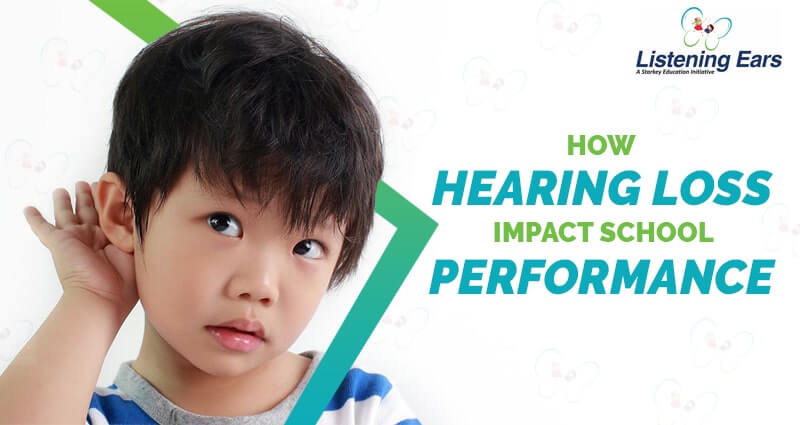AUDITORY PLASTICITY
Development of Auditory Behaviour in Fetus and Infants
December 1, 2016Social Communication Pragmatics
December 9, 2016Plasticity is defined as the alternation of nerve cells to better conform to immediate environmental influence.
“Neural plasticity” is a term used to describe alterations in the physiological and anatomical properties of neurons in the brain in association with sensory stimulation and deprivation. Depending on the experience, mechanisms of plasticity can involve synaptic changes that occur rapidly, or slowly over a longer period of time. Most importantly, experience-related changes in the brain have perceptual consequences.
Auditory plasticity refers to the plasticity in the auditory system where the possibility of anatomical and/or functional changes in the system & transmission of auditory information takes place. The auditory system is often required in communication; it is important to learn how the auditory system reacts to stimuli in order to improve performance in individual communication of subjects with impaired hearing.
Development of the human auditory brainstem is thought to be primarily completed by the age of approximately 2years, such that subsequent sensory plasticity is confined primarily to the cortex
Whenever the brain has to accommodate new environmental influence, plastic change occurs. The brain is much more plastic in early stages of development through adolescence. However, even in adulthood, plasticity is evident.
Three types of plasticity are seen in the auditory domain. These are –
- Developmental plasticity,
- Compensatory plasticity resulting from a lesion somewhere in the CANS and
- Learning related plasticity
Span of hearing loss approximates the period of auditory deprivation and auditory system doesn’t mature without stimulation. Nonetheless, the auditory system retains its plasticity during the period of hearing impairment. Since the re-introduction of stimulation by the hearing aid resumes the normal processing sequence hence if there is something like auditory plasticity there should be some alteration in the capacity for auditory processing which can be revealed by electro physiologic tests.
A better understanding of the plastic changes in the central auditory system after sensory differentiation, sensory stimulation, and learning may contribute significantly to improvement in the rehabilitation of damaged or lost auditory function and consequently to improved speech processing and production.
The peripheral auditory system does not have plasticity because even though for many years Auditory training was employed for those with peripheral hearing loss. Studies indicate that what was actually occurring was training of the central auditory nervous system (CANS).
Auditory plasticity plays the most significant role in auditory training (AT). Several recent reports demonstrate that certain types of auditory function can be improved with auditory training (AT). The kinds of auditory functions that can be improved are those related to the brain.
Auditory training (AT) influences these functions because the brain has the capacity for plasticity.
References: Online references
- http://journals.lww.com/thehearingjournal/fulltext/2002/04000/Auditory_plasticity__What_is_it,_and_why_do.10.aspx
- http://nmw.bio.uci.edu/publications/Weinberger,%202012b.pdf
- http://medicalresearchjournal.org/index.php/GJMR/article/viewFile/3/3
- http://www.scielo.br/scielo.php?script=sci_arttext&pid=S1808-86942011000500022
- http://learnmem.cshlp.org/content/11/2/162.full



